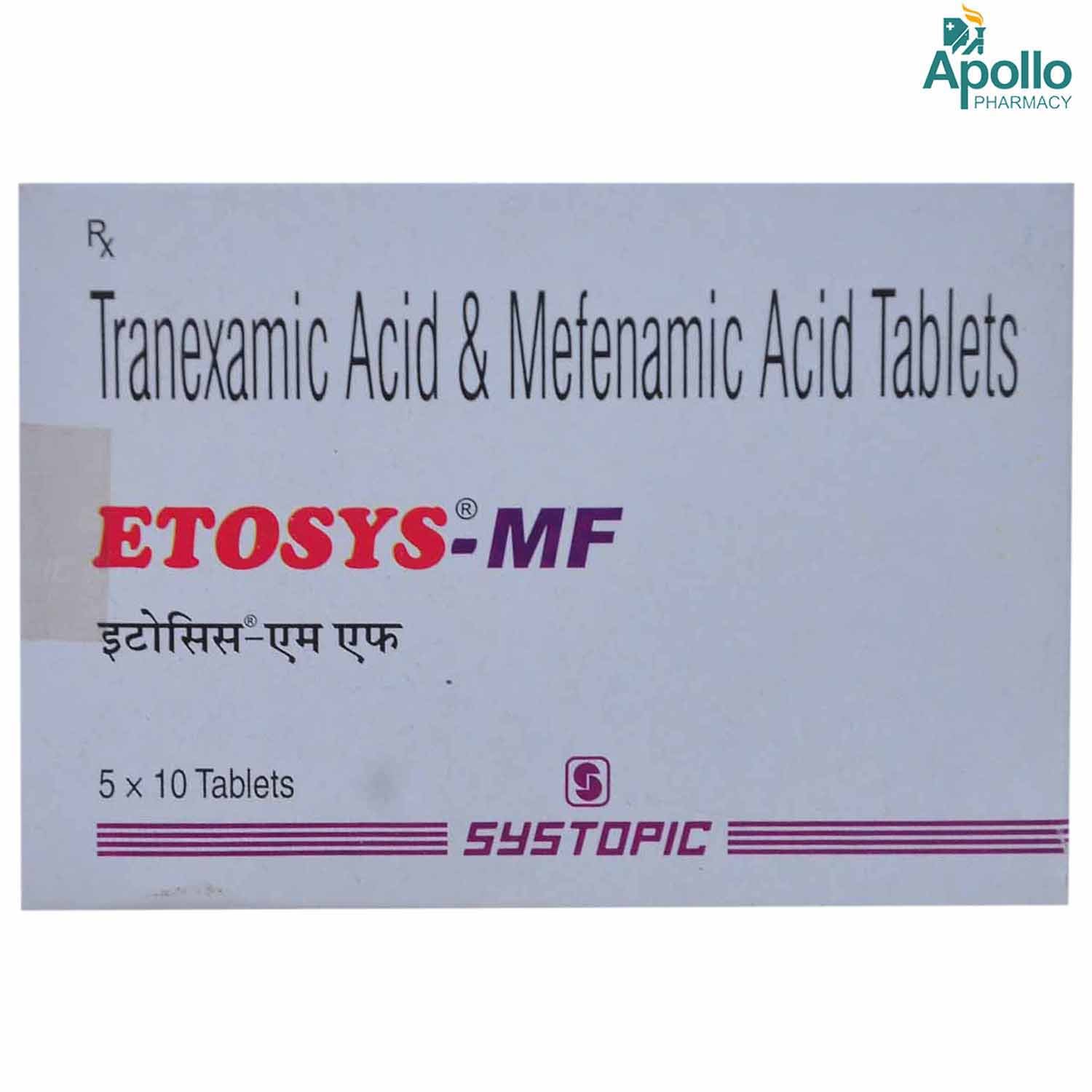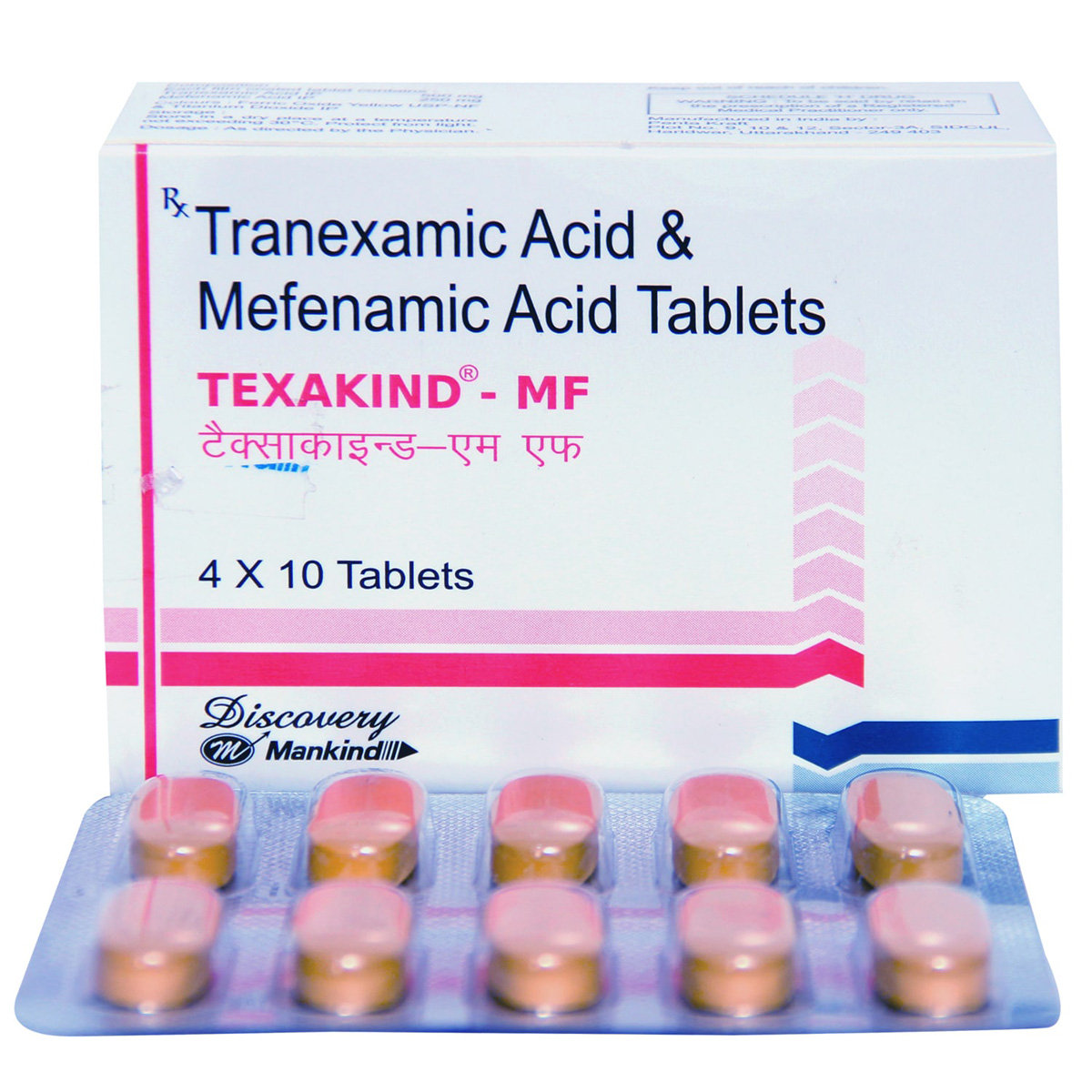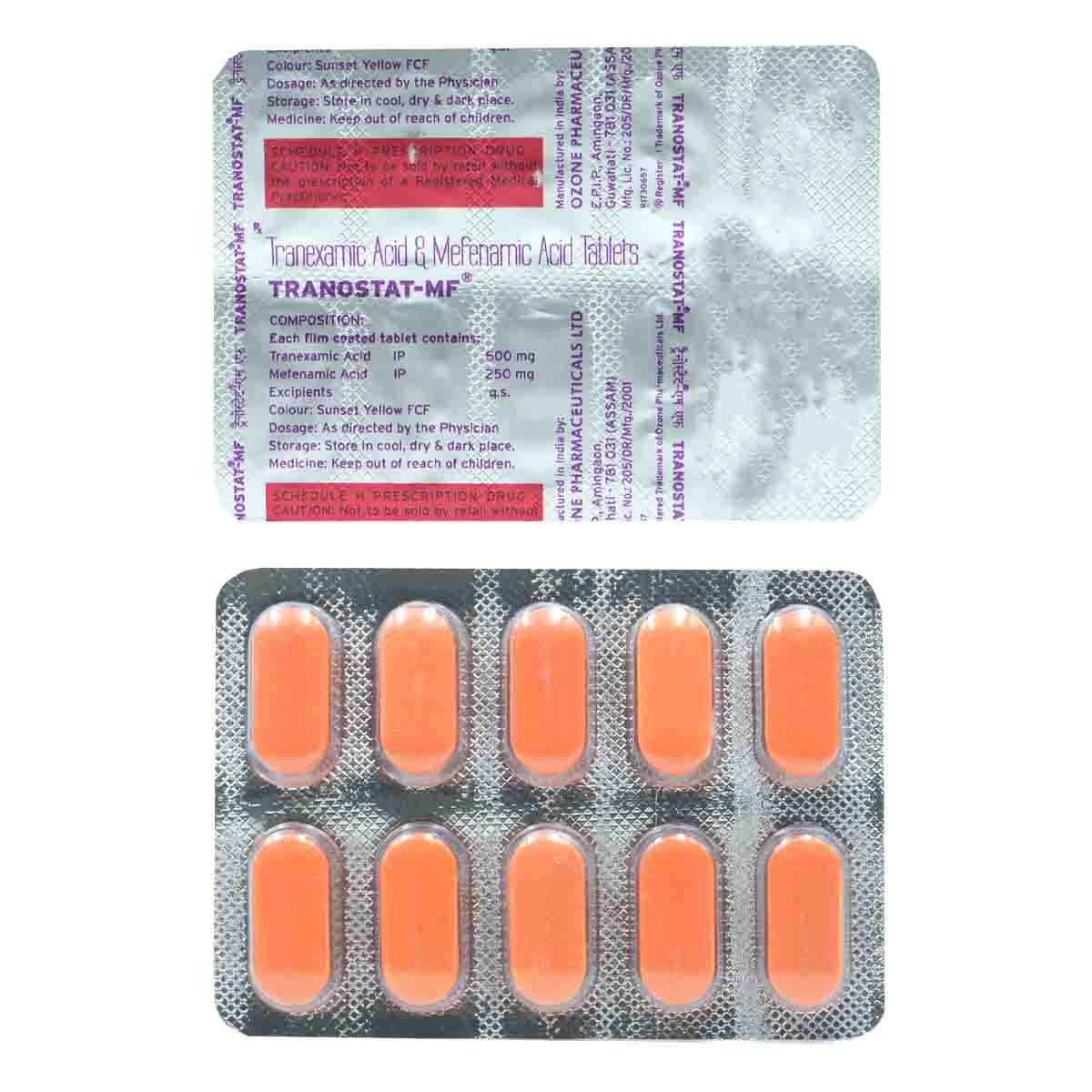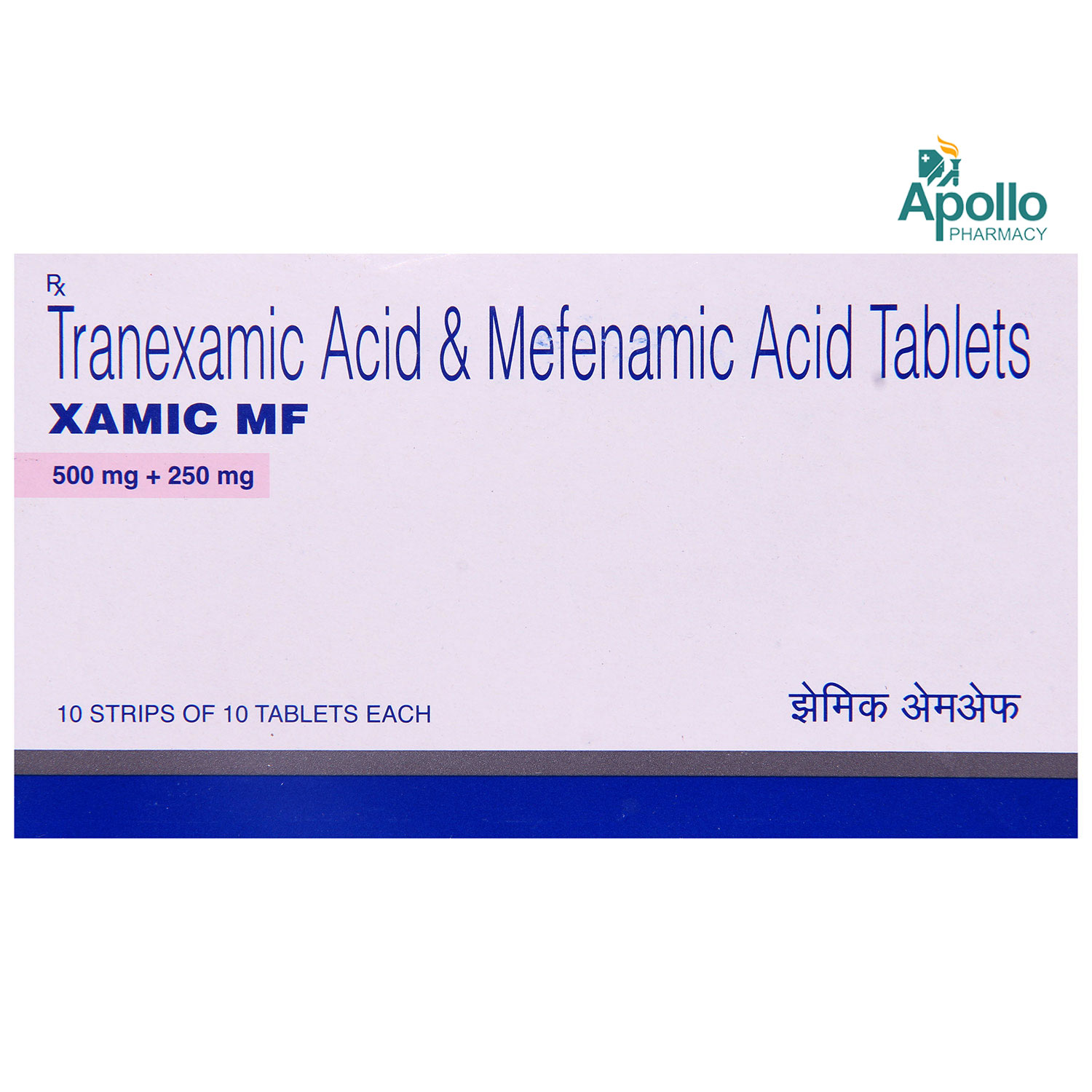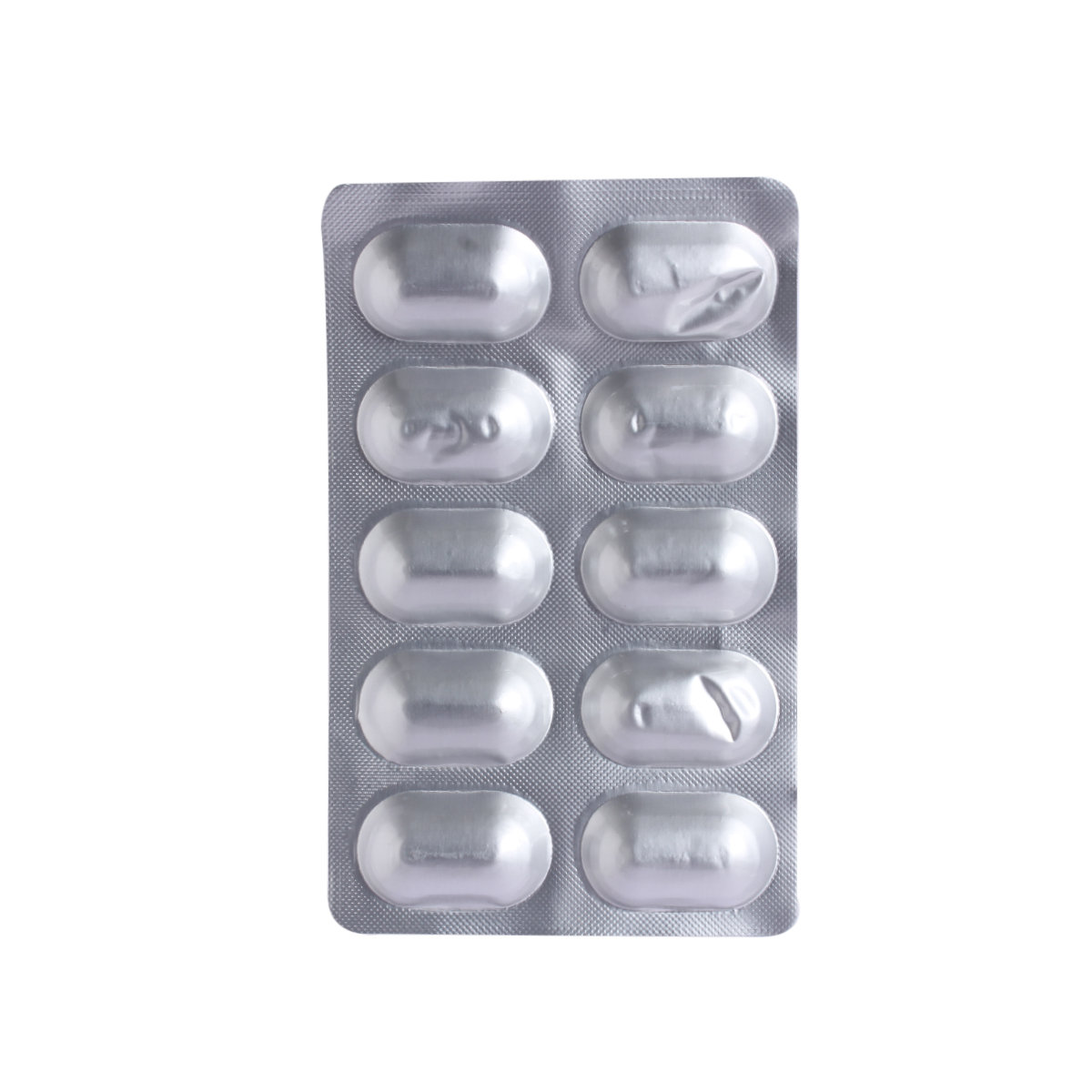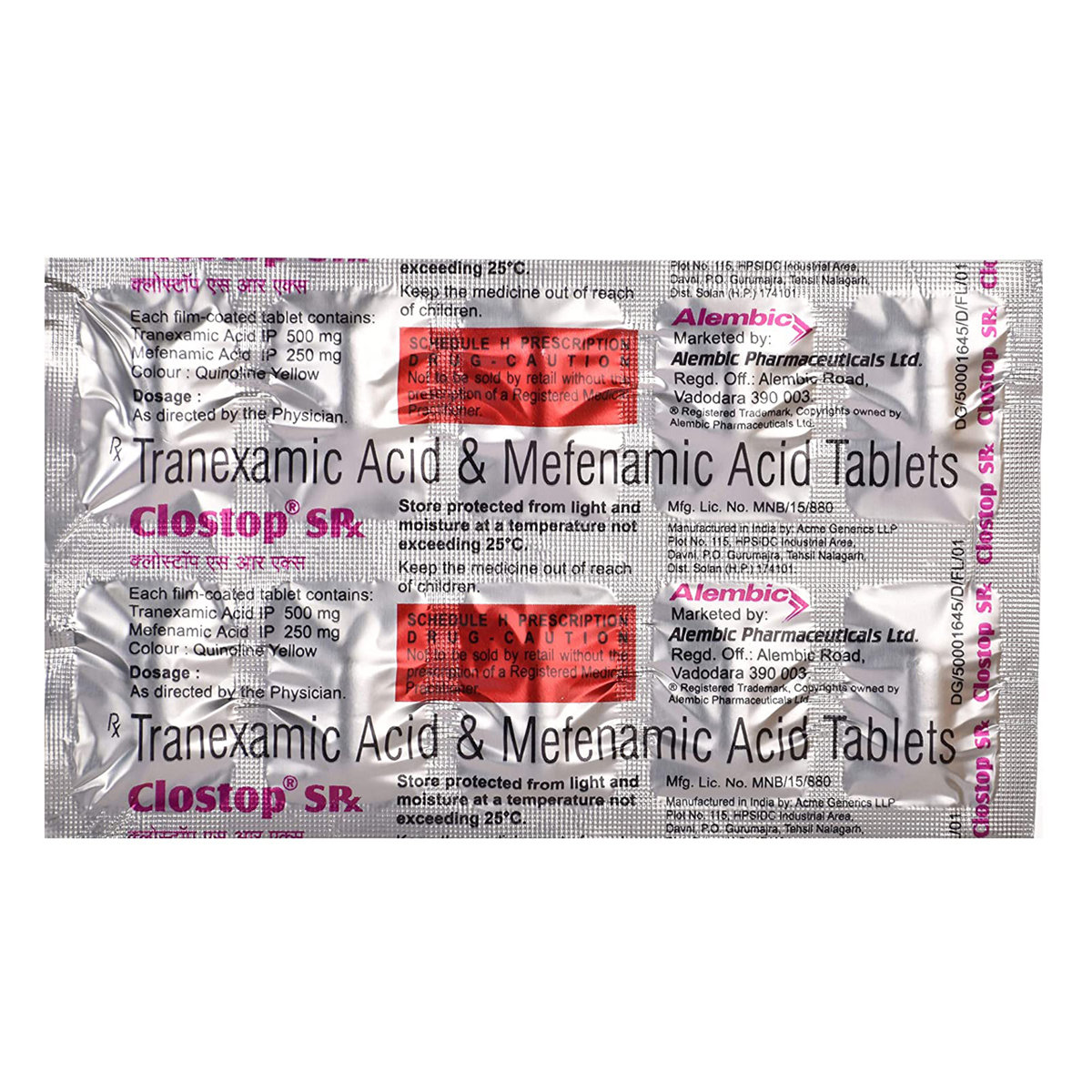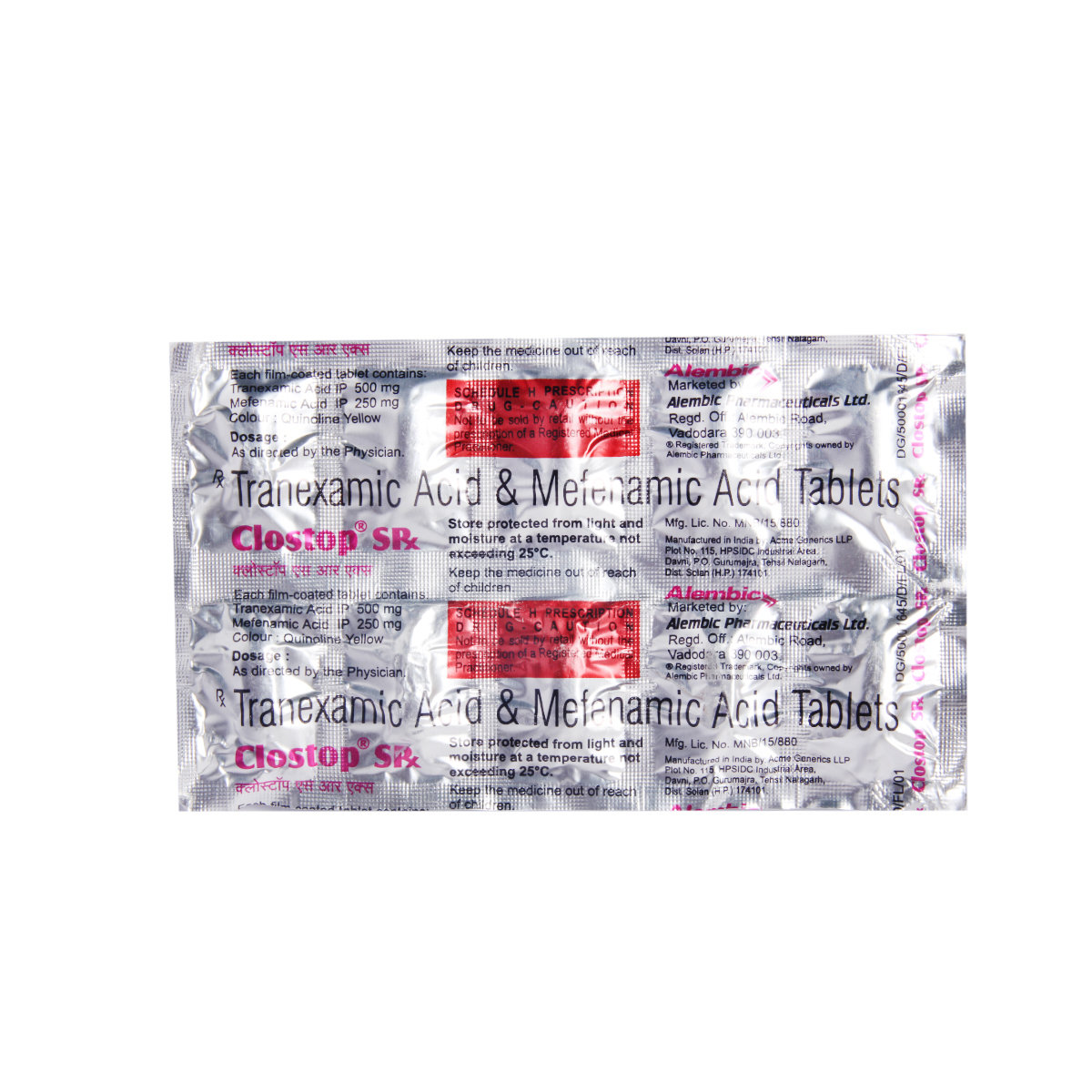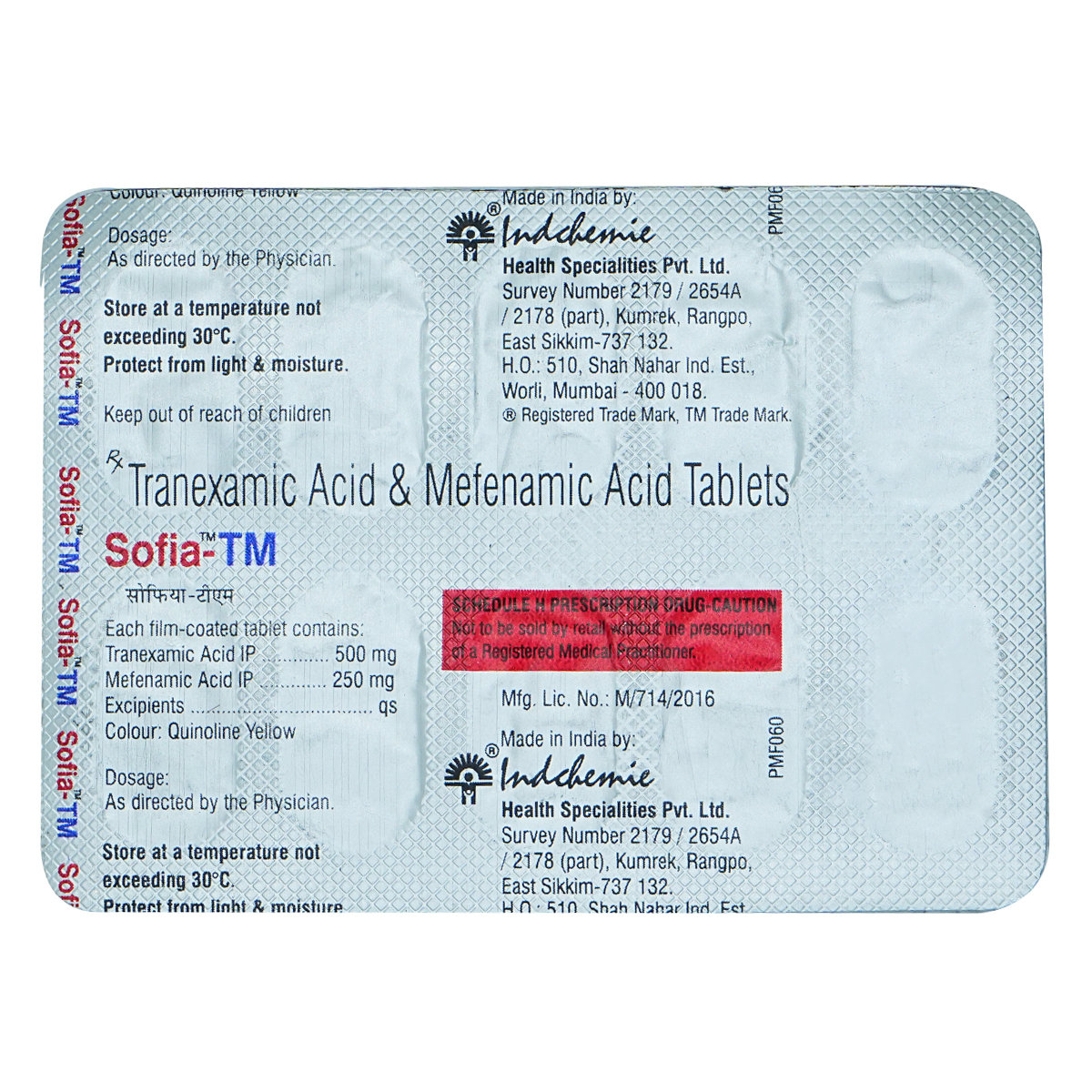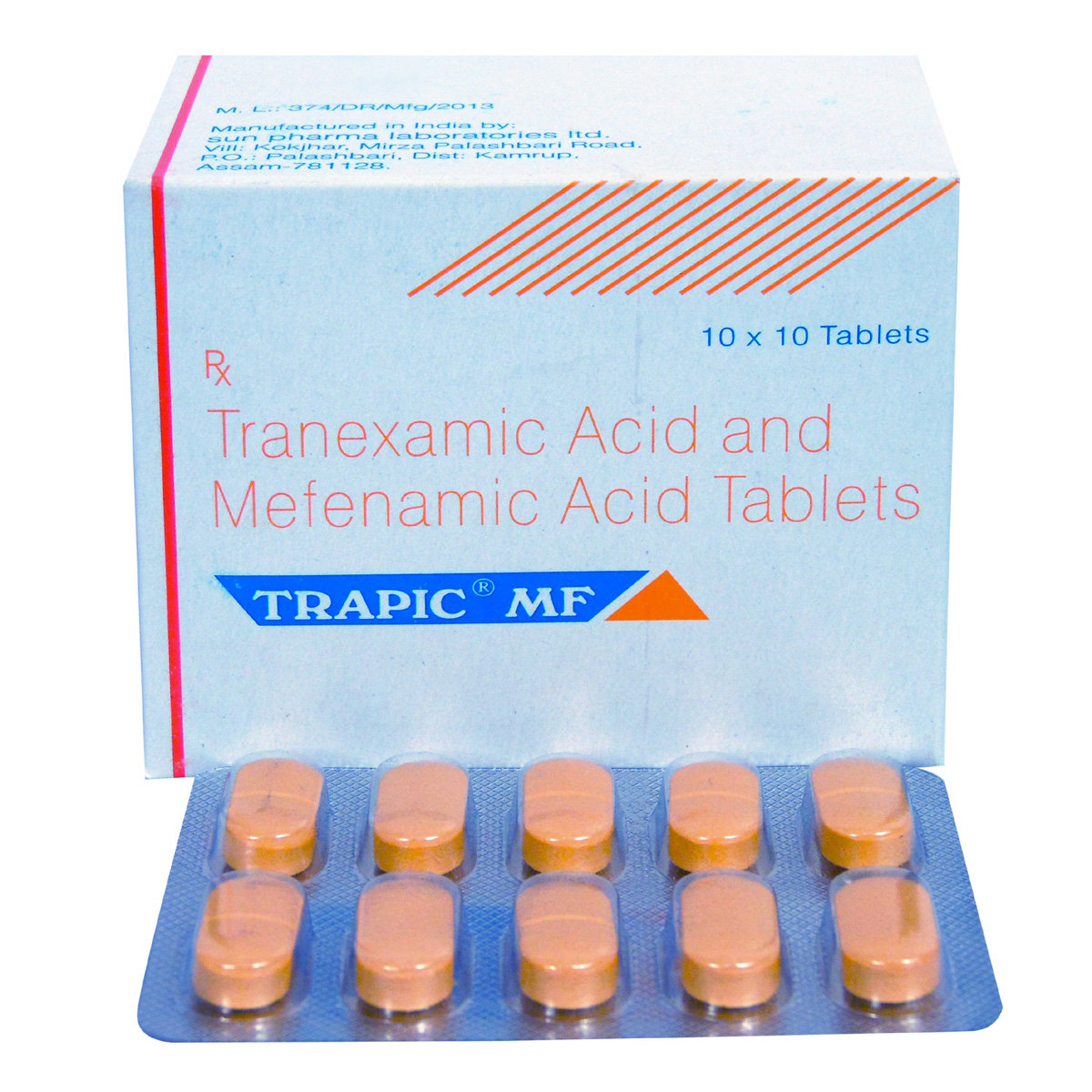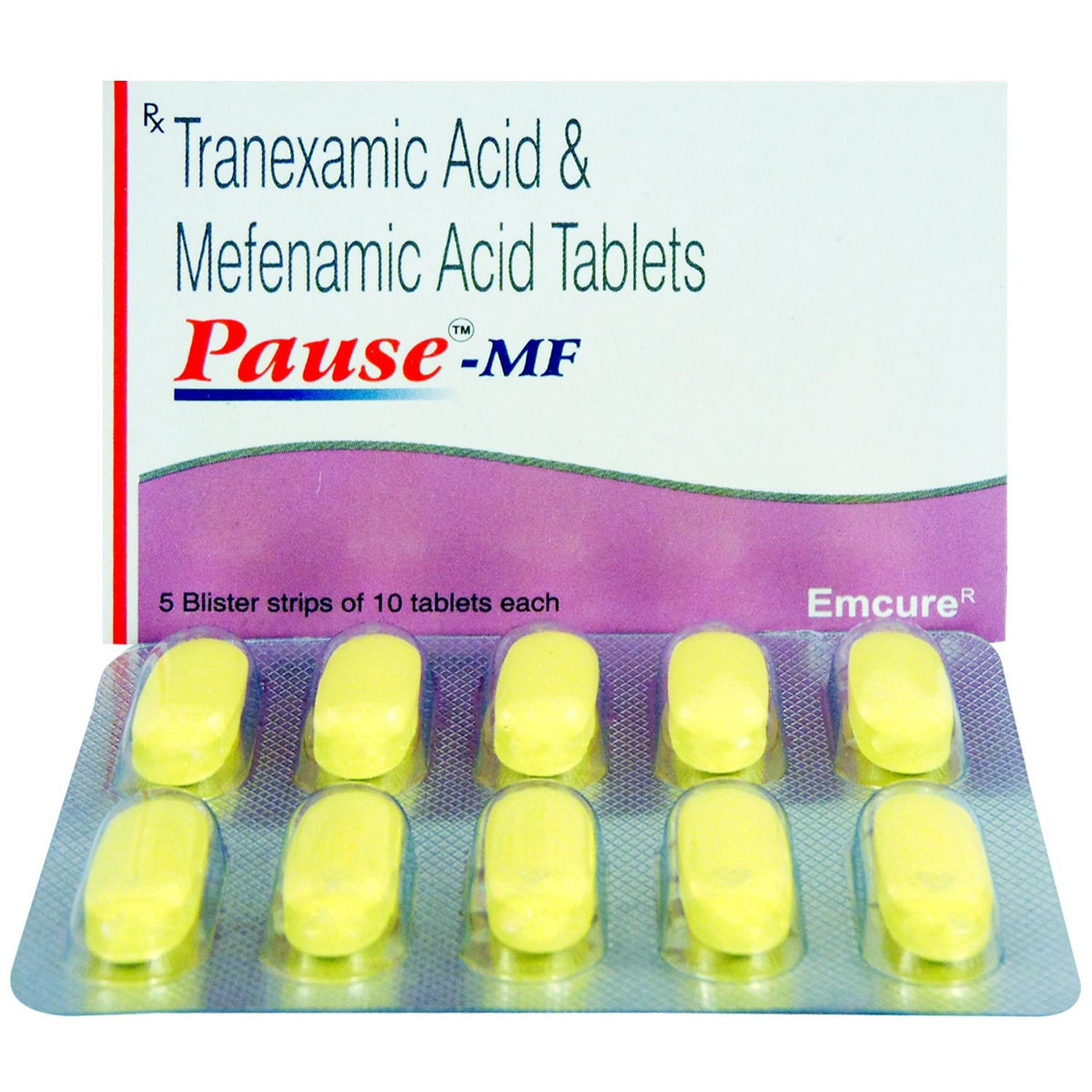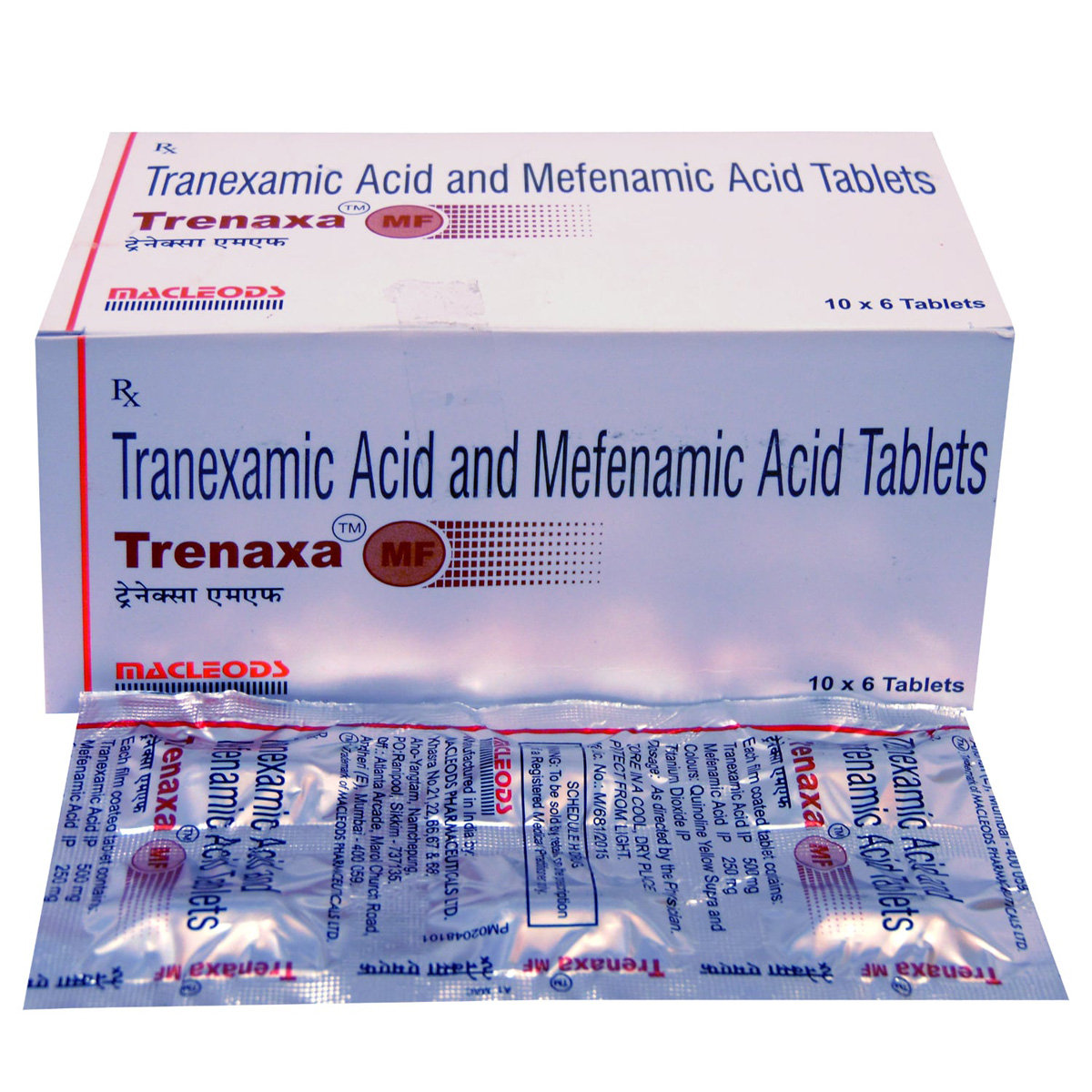Texid MF Tablet
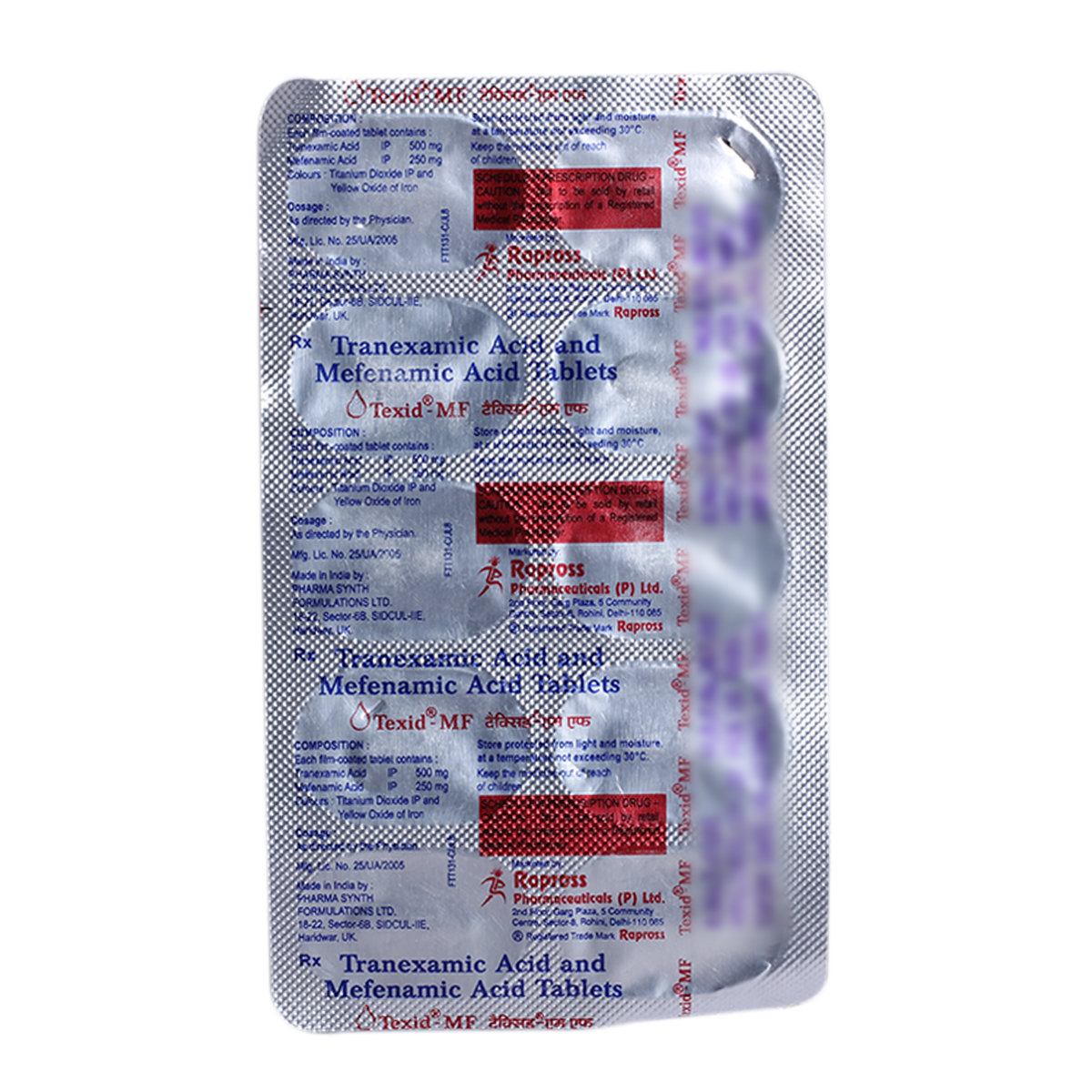
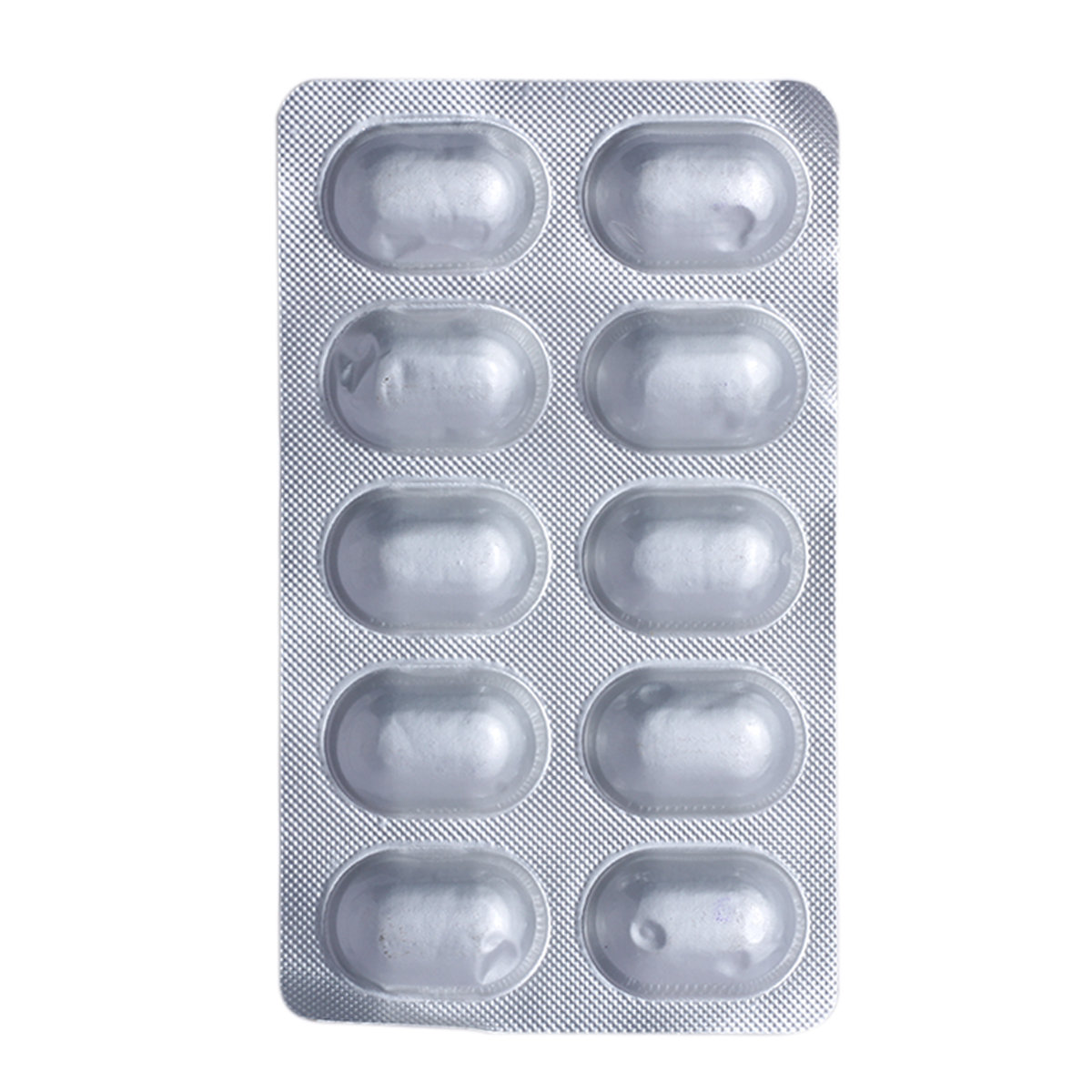
MRP ₹329
(Inclusive of all Taxes)
₹49.4 Cashback (15%)
know your delivery time
Provide Delivery Location
Composition :
Manufacturer/Marketer :
Consume Type :
Expires on or after :
Return Policy :

Secure Payment

Trusted by 8 Crore Indians

Genuine Products
Therapeutic Class
Country of origin
Manufacturer/Marketer address
Author Details
We provide you with authentic, trustworthy and relevant information
Disclaimer
Alcohol
Safe if prescribed
Avoid consumption of alcohol while taking Texid MF Tablet as it may cause increased drowsiness. It can also increase the risk of stomach bleeding.
Pregnancy
Consult your doctor
Please consult your doctor if you are pregnant or if you have any concerns regarding this; your doctor will prescribe only if the benefits outweigh the risks.
Breast Feeding
Consult your doctor
Consult your doctor before taking Texid MF Tablet if you are breastfeeding, your doctor will decide if Texid MF Tablet can be taken by breastfeeding mothers or not.
Driving
Safe if prescribed
Texid MF Tablet may cause drowsiness and dizziness. Do not drive or operate machinery unless you are alert.
Liver
Consult your doctor
Dose adjustment may be needed in patients with liver impairment. Please consult your doctor if you have a liver impairment or any concerns regarding this.
Kidney
Consult your doctor
Dose adjustment may be needed in patients with renal disease. Please consult your doctor if you have kidney impairment or any concerns regarding this.
Children
Safe if prescribed
Texid MF Tablet should not be given to children as the safety and effectiveness were not established.
Product Substitutes
About Texid MF Tablet
Texid MF Tablet is a combination medicine used to treat dysmenorrhea (period pain) and menorrhagia (heavy menstrual bleeding). Besides this, Texid MF Tablet is also used to treat severe blood loss, swelling in various body parts, fever, inflammation, and migraine headache. Menstrual cramps, also known as dysmenorrhea, are characterized by cramps and pain during menstruation. Menorrhagia is a condition with abnormally heavy or prolonged bleeding during menstruation/periods.
Texid MF Tablet is a combination of two drugs: Tranexamic acid (anti-fibrinolytic) and Mefenamic acid (NSAID). Tranexamic acid helps the body's natural blood clot process by preventing fibrin's breakdown, this stops fibrinolysis, a process that stops blood clot formation. Mefenamic acid works by blocking the effect of chemical messengers that cause pain.
You are advised to take Texid MF Tablet for as long as your doctor has prescribed it for you, depending on your medical condition. In some cases, you may experience certain common side-effects such as nausea, vomiting, diarrhoea, indigestion, heartburn, and headache. Most of these side-effects do not require medical attention and will resolve gradually over time. However, you are advised to talk to your doctor if you experience these side-effects persistently.
Consult your doctor if you are pregnant or breastfeeding. Texid MF Tablet may cause dizziness, so drive with caution. Texid MF Tablet should not be given to children as safety and efficacy have not been established. Avoid consuming alcohol along with Texid MF Tablet as it could lead to increased drowsiness and dizziness, it might also increase the risk of stomach bleeding. Keep your doctor informed about your health condition and medicines to rule out any side-effects/interactions.
Uses of Texid MF Tablet
Medicinal Benefits Mweb
Key Benefits
Texid MF Tablet is a combination of two drugs, namely: Tranexamic acid and Mefenamic acid. Texid MF Tablet is used to treat abdominal pain, dysmenorrhea (period pain), and menorrhagia (heavy menstrual bleeding). Additionally, Texid MF Tablet is also used to treat severe blood loss, swelling in various body parts, fever, inflammation, and migraine headache. Tranexamic acid is an anti-fibrinolytic agent that helps the body's natural blood clot process by preventing fibrin's breakdown, this stops fibrinolysis, a process that stops blood clot formation. Mefenamic acid is an NSAID that works by blocking the effect of a chemical messenger in the body, known as cyclo-oxygenase (COX) enzymes that make other chemical prostaglandins. By blocking the COX enzyme's effect, lesser prostaglandins are produced, which reduces mild to moderate pain and inflammation at the injured or damaged site. Together, Texid MF Tablet helps treat heavy bleeding and pains/cramps during periods.
Directions for Use
Side Effects of Texid MF Tablet
- Nausea
- Vomiting
- Diarrhoea
- Indigestion
- Heartburn
- Headache
- Musculoskeletal pain
- Stomach pain
Drug Warnings
Do not take Texid MF Tablet if you are allergic to any of its contents or if you have severe heart failure. Inform your doctor if you have/had deep vein thrombosis, pulmonary embolism (block a blood vessel in the lungs), coagulopathy (formation of blood clots), epilepsy, irregular periods, heart, kidney, or liver problems. Consult your doctor if you are pregnant or breastfeeding. Texid MF Tablet may cause dizziness and drowsiness, so drive only if you are alert. Texid MF Tablet should not be given to children as safety and effectiveness have not been established. Avoid consuming alcohol along with Texid MF Tablet as it could lead to increased drowsiness and can increase the risk of stomach bleeding. Do not take any other NSAIDs for pain relief along with Texid MF Tablet unless prescribed.
Drug-Drug Interactions
Drug-Drug Interactions
Login/Sign Up
Taking drospirenone with Texid MF Tablet may increase the risk of blood clot formation.
How to manage the interaction:
Taking Texid MF Tablet with Drospirenone is not recommended, as it can lead to an interaction but can be taken if prescribed by the doctor. However, If you suffer from chest discomfort, shortness of breath, blood in the urine, blood in the cough, sudden loss of vision, and pain, redness, or swelling in your arm or leg, consult your doctor immediately.
Taking Levonorgestrel with Texid MF Tablet may increase the risk of blood clot formation which can lead to serious conditions such as heart problems and kidney failure.
How to manage the interaction:
Taking Texid MF Tablet with Levonorgestrel may leads to an interaction but can be taken if prescribed by the doctor. However, if you experience chest pain; shortness of breath; coughing up blood; blood in the urine; sudden loss of vision; and pain, redness, or swelling in your arm or leg, consult the doctor immediately. Do not stop using any medications without talking to a doctor.
Taking Ethinylestradiol with Texid MF Tablet may increase the risk of blood clot formation.
How to manage the interaction:
Taking Ethinylestradiol with Texid MF Tablet is not recommended, as it can lead to an interaction, but can be taken if a doctor has prescribed it. However, if you suffer from chest discomfort, shortness of breath, blood in the urine, blood in the cough, sudden loss of vision, and pain, redness, or swelling in your arm or leg, consult doctor immediately. Do not stop using any medications without talking to a doctor.
Taking Medroxyprogesterone acetate with Texid MF Tablet may increase the risk of blood clots.
How to manage the interaction:
Taking Medroxyprogesterone with Texid MF Tablet is not recommended but can be taken if prescribed by a doctor. Consult your doctor immediately if you experience symptoms such as chest pain, shortness of breath, coughing up blood, blood in the urine, sudden loss of vision, and pain, redness, or swelling in your arm or leg. Do not stop using any medications without talking to your doctor.
Co-administration of Texid MF Tablet may cause blood clotting when taken with Etonogestrel.
How to manage the interaction:
Taking Texid MF Tablet with Etonogestrel is not recommended, as it can lead to an interaction but can be taken if prescribed by the doctor. However, If you suffer from chest discomfort, shortness of breath, blood in the urine, blood in the cough, sudden loss of vision, and pain, redness, or swelling in your arm or leg, consult your doctor immediately.
Coadministration of Texid MF Tablet with Ketorolac can increase the risk or severity of gastric bleeding and ulcers.
How to manage the interaction:
Taking Texid MF Tablet with Ketorolac together can result in an interaction, it can be taken if your doctor has advised it. However, if you notice any unusual bleeding or bruising, other signs of bleeding, dizziness, lightheadedness, red or black tarry stools, coughing up or vomiting blood, severe headache, and weakness, you should contact a doctor immediately. Do not stop using any medications without talking to a doctor.
Co-administration of Texid MF Tablet with Meloxicam together can increase the risk or severity of bleeding.
How to manage the interaction:
Taking Texid MF Tablet with Meloxicam together is generally avoided as it can result in an interaction, it can be taken if a doctor has advised it. However, if you notice any unusual bleeding or bruising, other signs of bleeding, dizziness, lightheadedness, red or black tarry stools, coughing up or vomiting blood, severe headache, and weakness, you should contact a doctor immediately. Do not stop using any medications without talking a doctor.
Using Texid MF Tablet together with norethindrone may increase the risk of blood clots.
How to manage the interaction:
Taking norethisterone with Texid MF Tablet can lead to an interaction, however, it can be taken only if a doctor has advised it. If you experience symptoms such as chest pain, shortness of breath, coughing up blood, blood in the urine, sudden loss of vision, and pain, redness, or swelling in your arm or leg, contact a doctor immediately .Do not discontinue any medications without consulting a doctor.
Co-administration of Carfilzomib with Texid MF Tablet can increase the risk of blood clots.
How to manage the interaction:
Taking carfilzomib with Texid MF Tablet is not recommended due to its increased effects, however, it can be taken only if a doctor has advised it. If you experience symptoms such as chest pain, shortness of breath, difficulty breathing, coughing up blood, sudden loss of vision, pain, and numbness or weakness on one side of the body contact a doctor immediately. Do not discontinue any medications without consulting a doctor.
Co-administration of Estramustine with Texid MF Tablet can increase the risk of blood clots.
How to manage the interaction:
Taking Estramustine with Texid MF Tablet possibly lead to an interaction, however, it can be taken only if a doctor has advised it. If you experience symptoms such as chest pain, shortness of breath, difficulty breathing, coughing up blood, sudden loss of vision, pain, and numbness or weakness on one side of the body contact a doctor immediately. Do not discontinue any medications without consulting a doctor.
Drug-Food Interactions
Drug-Food Interactions
Login/Sign Up
Drug-Diseases Interactions
Drug-Diseases Interactions
Login/Sign Up
Drug-Drug Interactions Checker List
- IBUPROFEN
- CELECOXIB
- DULOXETINE
- FLUOXETINE
- SERTRALINE
Habit Forming
Diet & Lifestyle Advise
- Follow a healthy diet. Include vegetables, fruits, and whole grains in your meals.
- Stay hydrated; drink plenty of water.
- Cut down on sugars, salts, spicy food, coffee, and alcohol.
- A heating pad can help ease the pain by placing it on the belly or lower back.
- Exercise can help ease the pain of menstrual cramps.
- Avoid stress by performing meditation or yoga.
- Massage your lower back or abdomen to relieve the pain.
- Take proper rest.
All Substitutes & Brand Comparisons
RX
Tenacid-MF Tablet 10's
Leeford Healthcare Ltd
₹187.5
(₹16.88 per unit)
42% CHEAPERRX
Etosys-MF Tablet 10's
Systopic Laboratories Pvt Ltd
₹229.5
(₹20.66 per unit)
30% CHEAPERRX
Texakind-MF Tablet 10's
Mankind Pharma Pvt Ltd
₹299
(₹26.91 per unit)
9% CHEAPER
Buy best Vascular System products by
Emcure Pharmaceuticals Ltd
Intas Pharmaceuticals Ltd
Lupin Ltd
Ozone Pharmaceuticals Ltd
Sun Pharmaceutical Industries Ltd
Cipla Ltd
Leeford Healthcare Ltd
Mercury Laboratories Ltd
Torrent Pharmaceuticals Ltd
FDC Ltd
Macleods Pharmaceuticals Ltd
Akumentis Healthcare Ltd
Dr Reddy's Laboratories Ltd
Indoco Remedies Ltd
Mankind Pharma Pvt Ltd
Oaknet Healthcare Pvt Ltd
Reliance Formulation Pvt Ltd
Samarth Life Sciences Pvt Ltd
Walter Bushnell
Wanbury Ltd
Abbott India Ltd
Eris Life Sciences Ltd
Galcare Pharmaceuticals Pvt Ltd
Juggat Pharma Ltd
Knoll Pharmaceuticals Ltd
Kontest Pharmaceuticals
Saf Fermion Ltd
Serdia Pharmaceuticals India Pvt Ltd
Systopic Laboratories Pvt Ltd
Themis Chemicals Ltd
Akcent Healthcare India Pvt Ltd
Alembic Pharmaceuticals Ltd
Amelia Healthcare Pvt Ltd
Canixa Life Sciences Pvt Ltd
East West Pharma India Pvt Ltd
German Remedies Ltd
Glenmark Pharmaceuticals Ltd
Ipca Laboratories Ltd
La Pristine Bioceuticals Pvt Ltd
Morepen Laboratories Ltd
Nexgen Rx Life Science Pvt Ltd
Pfizer Ltd
Rapross Pharmaceuticals Pvt Ltd
Sumac Pharma Pvt Ltd
Theia Health Care Pvt Ltd
Themis Medicare Ltd
Themis Pharmaceutical Ltd
4Care Lifesciences Pvt Ltd
Aar Ess Remedies Pvt Ltd
Aarux Pharmaceuticals Pvt Ltd
Alna Biotech Pvt Ltd
Aphia Healthcare
Aristo Pharmaceuticals Pvt Ltd
Baxter India Pvt Ltd
Bennet Pharmaceuticals Ltd
Bharat Serums and Vaccines Ltd
Biosys Pharmaceuticals Ltd
Bros Enterprises Ltd
Celebrity Biopharma Ltd
Chemo Healthcare Pvt Ltd
Cibeles Pharmaceuticals Pvt Ltd
Comed Chemicals Ltd
Conatus Healthcare Pvt Ltd
Cresha Lifesciences
Cute Care Life Sciences Pvt Ltd
Elbrit Life Sciences Pvt Ltd
Euro Biogenics
Icon Life Sciences
J B Chemicals & Pharmaceuticals Ltd
Kee Pharma Ltd
Kemiq Lifesciences Pvt Ltd
Kivi Labs Ltd
Lincoln Pharmaceuticals Ltd
Medchronic Health Care
Medgen Drugs And Laboratories Pvt Ltd
Megma Healthcare Pvt Ltd
Novartis India Ltd
Olcare Laboratories Pvt Ltd
Ornate Labs Pvt Ltd
Q Check Pharmaceuticals
Saan Labs
Stadmed Pvt Ltd
Std Pharmaceuticals Pvt Ltd
Zydus Cadila
3G Life Sciences
Accent Pharmaceuticals & Diagnostics
Adroit Biomed Ltd
Aishwarya Healthcare
Ajanta Pharma Ltd
Akesiss Pharma Pvt Ltd
Albert David Ltd
Algen Healthcare Ltd
Amazone Pharmaceuticals Pvt Ltd
Amstel Pharma Pvt Ltd
Anhox Healthcare Pvt Ltd
Apios Lifesciences Pvt Ltd
Args India Pharma Pvt Ltd
Ark Life Science Pvt Ltd
Arvincare
Aztomax Biotech
Frequently Bought Together
Customers Also Bought

_0.jpg?tr=q-85)


